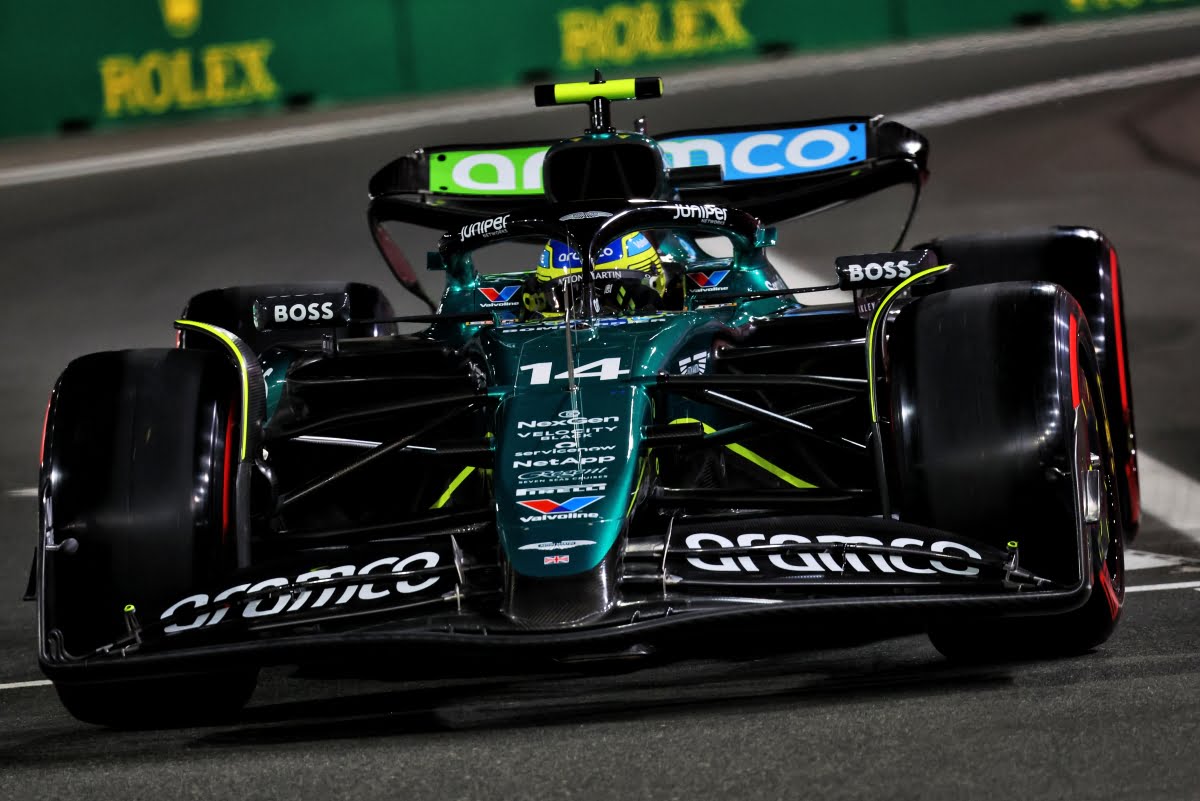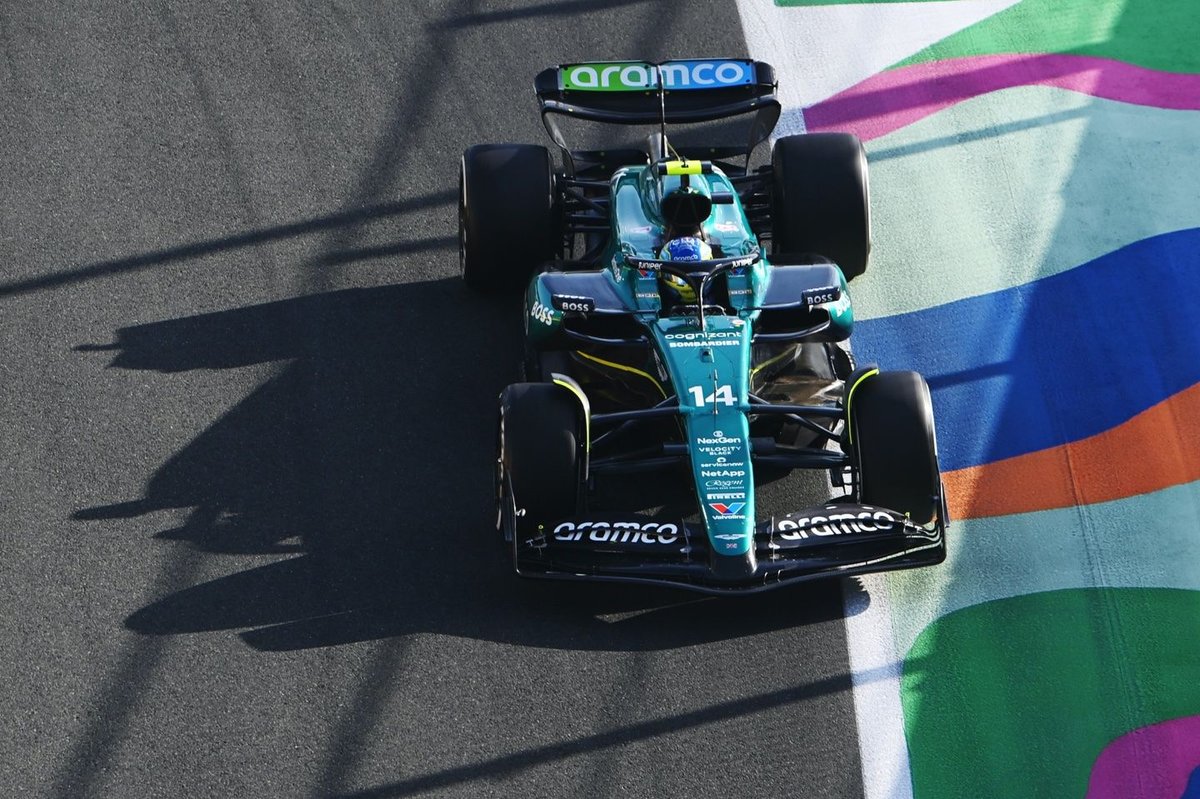Last year saw Aston Martin surge into Formula 1 with Fernando Alonso clinching six podium finishes in the initial eight races, showcasing a car that performed better in races than in qualifying sessions.
However, as the season progressed, Aston Martin struggled to match the development pace of its competitors for the 2023 season, eventually slipping to fifth place in the constructors’ championship.
This trend has persisted into the current season, with Aston Martin consistently appearing as the fifth-fastest team in both Bahrain and Saudi Arabia.
The shift in Aston Martin’s performance can be attributed more to the advancements made by teams like Mercedes and Ferrari in race trim rather than any significant missteps by the Silverstone-based outfit. McLaren’s notable improvements from the latter half of the previous season further highlight Aston’s relative regression.

Interestingly, this season’s AMR24 has displayed the ability to match its direct rivals in qualifying pace but struggles to maintain competitiveness during the race—a stark contrast to the team’s performance last year.
Fernando Alonso highlighted this discrepancy, noting the team’s struggles with long-run pace despite their strong qualifying showings.
Aston Martin’s Performance Director, Tom McCullough, acknowledged the shift in the team’s balance between qualifying and race pace, attributing it partly to the aerodynamic characteristics of the new car. He emphasized the team’s focus on enhancing long-run performance while maintaining a competitive edge in qualifying.
One significant factor contributing to Aston Martin’s improved qualifying form has been their concerted effort to enhance the efficiency of their drag reduction system (DRS), taking cues from Red Bull’s successful design. This has resulted in noticeable gains in straight-line speed with the DRS activated, crucial for gaining positions during qualifying laps.
Alonso’s promising race performance in Jeddah validated Aston Martin’s race-oriented setup choices, demonstrating the effectiveness of their strategic approach.
Looking ahead, Aston Martin aims to maintain its development momentum off-track, striving to bridge the gap to the front of the grid. McCullough emphasized the importance of their ongoing development efforts and expressed confidence in their ability to continue improving the car’s performance.
Aston Martin remains committed to the relentless pursuit of progress, aiming to consistently challenge at the forefront of Formula 1.
